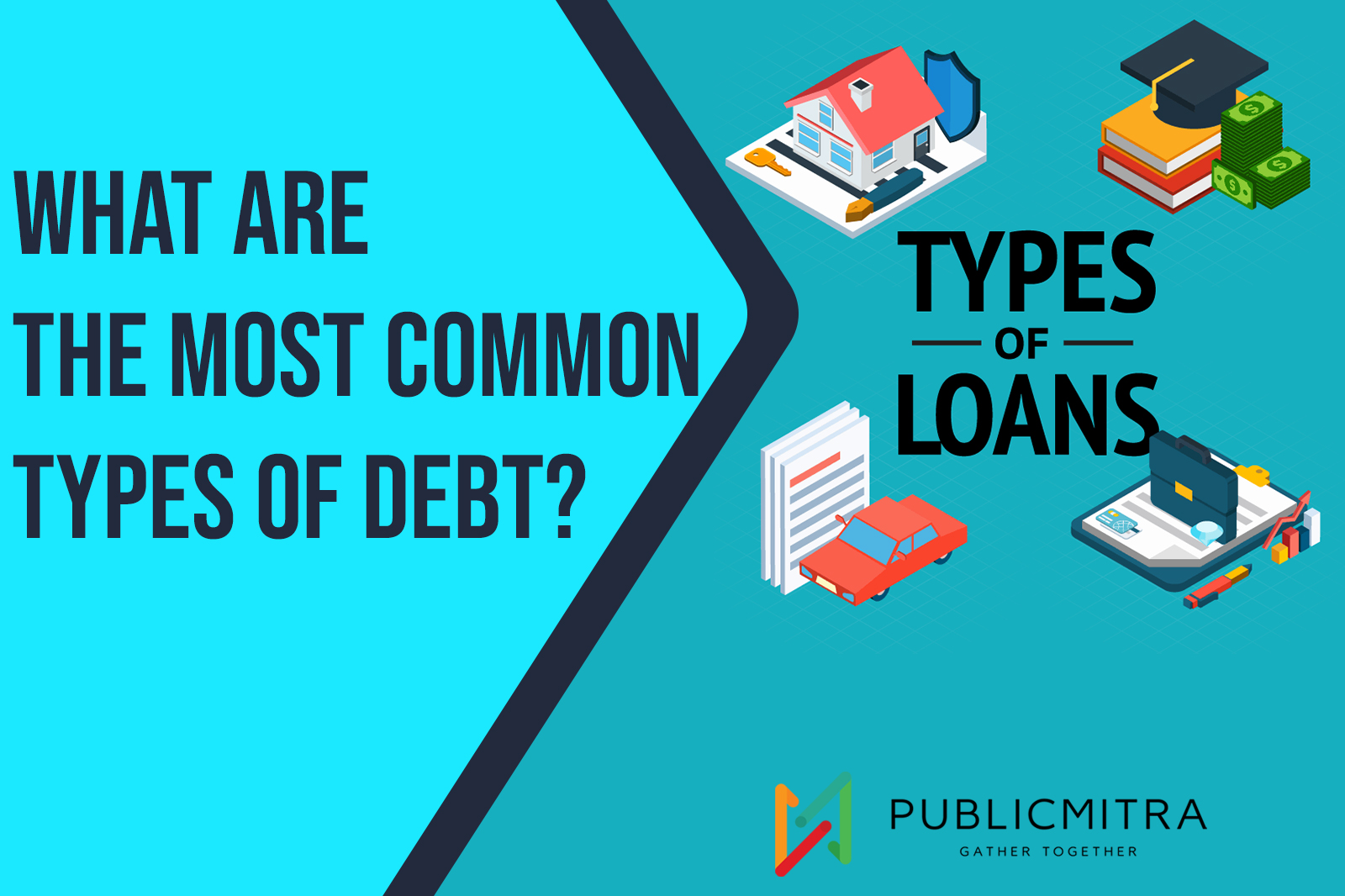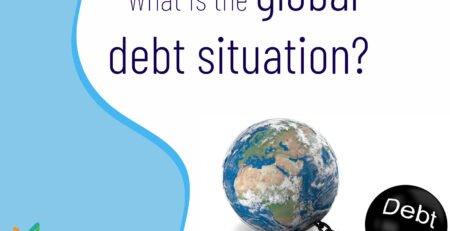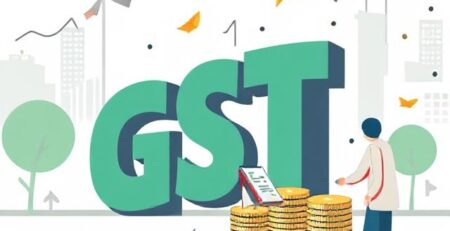Understanding Financial Borrowing
Debt Demystified
For many people and companies around the world, debt is a fact of life. It is a tool that can assist us in achieving our objectives and managing unforeseen costs, but if used improperly, it can also become a burden. To address their financial demands, individuals and organizations borrow money in a variety of methods, which are discussed in this article’s discussion of the most prevalent loan forms.
What is Debt?
Debt is a type of financial obligation in which one party—the debtor—owes another party—the creditor—something, usually money or a particular item. It is a widely used financial tool for facilitating a range of transactions, investments, and purchases. Unless expressly waived or paid off, the debt must be repaid, typically with additional interest.
Consumer vs. corporate Debt:
There are two main categories of debt: consumer debt and corporate debt.
Consumer debt is a sort of debt that people and households acquire for domestic, family, or personal usage. Credit card debt, student loans, auto loans, and mortgages are a few examples. Consumer debt is important to people’s financial lives since it enables them to reach goals like housing and higher education. But if not handled properly, it can also become burdensome.
Corporate Debt: Businesses and corporations also use debt as a way to raise money and finance different operations. Bonds, loans, and credit lines are all examples of corporate debt. Businesses may issue bonds to finance expansion, make R&D investments, or carry out daily operations. Corporate debt is a crucial part of corporate finance since it allows businesses to grow and leverage their assets.
Secured vs. Unsecured Debt:
Debt can also be divided into secured and unsecured categories:
Debt that is secured by collateral, or an asset that the borrower has pledged as security to the lender, is known as secured debt. The lender may take possession of and sell the collateral to recoup the debt owing if the borrower defaults on payment. Car loans and mortgages are typical examples of when the vehicle or the property is used as collateral.
Unsecured Debt: Unsecured debt is owed without the need for security. Instead, the creditworthiness of the borrower—including their credit score and financial history—is often taken into account when unsecured loans are approved. Personal loans and credit cards are typical forms of unsecured debt. Unsecured debt frequently carries higher interest rates as a result of the higher risk for lenders.
The Types of Debt
Revolving Debt: With revolving debt, debtors have access to a credit line that they can use repeatedly up to a set amount. As long as the borrower stays under their credit limit, they are permitted to borrow, repay, and borrow again. Revolving debt is best exemplified by the use of credit cards. The minimum monthly payments are due from borrowers, and interest is charged on the unpaid balance. A history of prudent use may increase the credit limit.
Credit Card Debt
One of the most common types of consumer debt is probably credit card debt. You accumulate credit card debt when you use a credit card to make purchases or pay bills and carry a balance from month to month. Your outstanding balance is charged interest by the issuer, and because the interest rates are so high if the debt is not carefully handled, it can soon mount up.
Home loan Debt
Homeownership is correlated with mortgage debt. A mortgage is a long-term loan that is frequently obtained to fund the purchase of a home. Mortgage interest rates are often lower than those of other loans, making homeownership more accessible.
Student Loan Debt
The majority of people who pursue higher education have student loan debt. To pay for tuition, books, and living costs, students and their families take out loans. These loans frequently offer flexible payback terms and relatively low-interest rates, but they can still add up to considerable sums, particularly for individuals pursuing postgraduate degrees.
Auto Loan Debt
When people finance the purchase of a car, they end themselves in debt. Banks, credit unions, and car dealerships all provide auto loans, which often have fixed or variable interest rates. A vehicle loan’s length might vary, but it is often less time than a mortgage.
Business Loans
To launch, grow, or pay running costs, businesses frequently need money. There are many different types of business loans, such as term loans, lines of credit, and Small Business Administration (SBA) loans. Business loans’ terms and interest rates vary depending on the lender, the viability of the company, and the loan’s intended use.
Payday Loans
People who are experiencing immediate cash flow problems frequently turn to short-term payday loans and high-interest loans. As security, borrowers offer a postdated cheque or access to their bank accounts. If not immediately repaid, these loans, which frequently have excessive interest rates, might cause a debt cycle.
Medical Debt
When people are unable to pay for healthcare costs like hospital bills or prescription prescriptions, medical debt develops. Due to hefty deductibles, copayments, and out-of-network fees, many people find themselves struggling with medical debt even when they have insurance.
Bottom Line
Debt management techniques can have a positive or negative impact on your financial situation. Making wise financial decisions begins with having a basic understanding of the most prevalent debt types. While some types of debt, such as mortgages and school loans, can be seen as future investments, others, such as credit card and payday loan debt, call for careful assessment and prudent management to avoid financial traps.
Before taking on any type of debt, it is crucial for both individuals and enterprises to evaluate their financial objectives and capacities and to establish a clear repayment strategy to attain financial stability.











